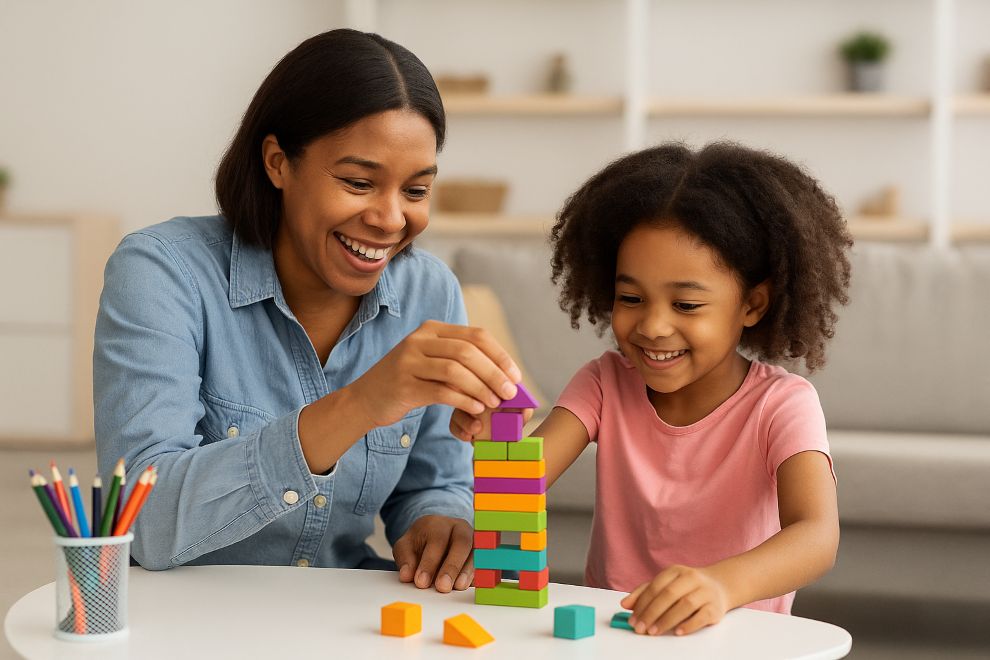Kids and adolescents are naturally active and on the move. From toddlers learning to walk to teens playing in a lacrosse game, children often engage in activities that can lead to falls, collisions, and injuries.
What should you do if your child takes a fall or sustains a hit to the head and acts differently or tells you she feels like something is off? What if she isn’t able to communicate that she’s not feeling well? How do you know if it’s an emergency?
Two of the most common questions parents ask when their child has experienced a blow to the head or a hard fall are: “Is my child okay?” and “Should I take her to the emergency room?”
While not every head injury requires a trip to the ER, it’s important to know the signs and symptoms associated with the one that warrants immediate medical attention.
If your child shows or complains of any concussion signs or symptoms after a fall, injury to the body, or hit to the head, remove her from activity (physical and cognitive) immediately and schedule an appointment with a physician who is trained in concussion care. It’s important to remember that concussion symptoms are unique to each individual and present in various ways that can affect the way a person feels, thinks, and acts. Even if your child has had a concussion before, a second concussion can present with different signs and symptoms than the first.
It’s also worth noting that in kids, the signs and symptoms of a concussion can vary by age. Infants, toddlers, and younger children may not be able to report symptoms like older kids. For younger children, symptom reporting is heavily dependent on parent/caregiver observation, so pay close attention to your child’s behavior and note any major changes that occur after falls or blows to the head.
Signs and symptoms of a concussion in school-aged children include:
• Headache or pressure in head
• Nausea or vomiting
• Stomachache
• Dizziness and balance problems
• Vision problems (double vision, blurry vision)
• Sensitivity to light or noise
• Feeling sluggish, hazy, foggy, or groggy
• Feeling slowed down, trouble concentrating, difficulty thinking clearly
• Fatigue, drowsiness
• Feeling more emotional than normal
• Trouble falling and staying asleep and sleeping more or less than normal
• Just not feeling right – or as one child described it, “feeling like you’re in a dream”
• Not being able to recall events prior to or after a fall or blow to the head
• Moving clumsily or appearing off balance
• Answering questions slowly
• Appearing dazed or stunned
• Displaying odd behavior or personality changes
• Forgetting conversations or instructions (forgetting assignments at school, forgetting position, score, or opponent in sports)
• Losing consciousness or being knocked out (even briefly)
Signs and symptoms of a concussion in infants and toddlers include:
• Blank stare
• Loss of newly acquired skills (walking, toilet training, speech)
• Changes in appetite
• Swelling of the scalp or soft spot, persistent rubbing of the head
• Listless (child feels floppy in your arms)
• Answers questions more slowly
• Loss of balance, poor coordination
• Increased dependence or clinginess
• Cranky, irritable, defiance not related to cognizance
• Cries easily, difficult to console
• Child is quieter than normal
• Loss of consciousness
• Tires easily
• Slurred speech
• Changes in play or loss of interest in activities
• Stomachache
Red flag concussion signs require immediate attention!
When you see red flag signs or symptoms after an event, call 911 or take your child to the emergency department immediately.
Red flag concussion signs and symptoms in school-aged children include: persistent headache that gets worse; one pupil larger than the other; significant drowsiness or cannot be awakened; repeated vomiting or nausea; slurred speech; convulsions or seizures; suspected neck injury; dramatic change in personality; weakness, numbness, or decreased coordination; loss of consciousness (even if brief); increasing confusion, restlessness, or agitation; blood or clear fluid draining from the ears or nose; and any symptoms that are worsening with time.
Red flag concussion signs and symptoms in infants and toddlers include those listed above and the following: repeated/uncontrolled vomiting; losing consciousness; difficulty waking up; skull deformity (large bump, bruise, soft spot, and/or swelling); crying that won’t stop; unable to console or calm.
A child who is otherwise healthy, does not lose consciousness after hitting his head or falling, and is feeling and acting normal has most likely just sustained a minor bump and is okay to continue activities. However, it is important to observe and check in with her over the course of the twenty-four to forty-eight hours after the event to look for signs and symptoms of concussion. If you have any concerns or questions, promptly call your child’s physician for help determining next steps.





